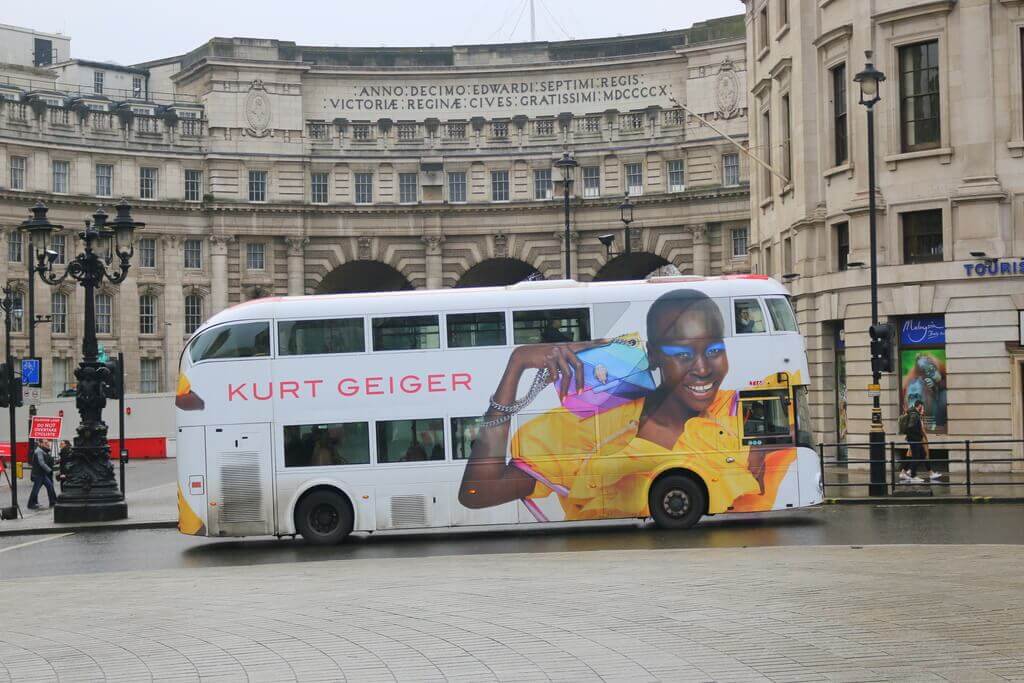Colin McAlinden, Head of Bus at Exterion Media, gives Richard Walter an insight into the constantly changing and evolving area of bus advertising
What is the chance that you haven’t experienced some form of advertising today? Even subconsciously. From the moment that you leave your house in the morning to the moment you switch off the TV at night you will have been targeted with posters on windows, bus shelters and big screen billboard ads. You can’t escape them in newspapers and magazines or on the radio and TV and maybe you will be handed a leaflet and product sample in a station or store.

By subscribing you will benefit from:
- Operator & Supplier Profiles
- Face-to-Face Interviews
- Lastest News
- Test Drives and Reviews
- Legal Updates
- Route Focus
- Industry Insider Opinions
- Passenger Perspective
- Vehicle Launches
- and much more!


